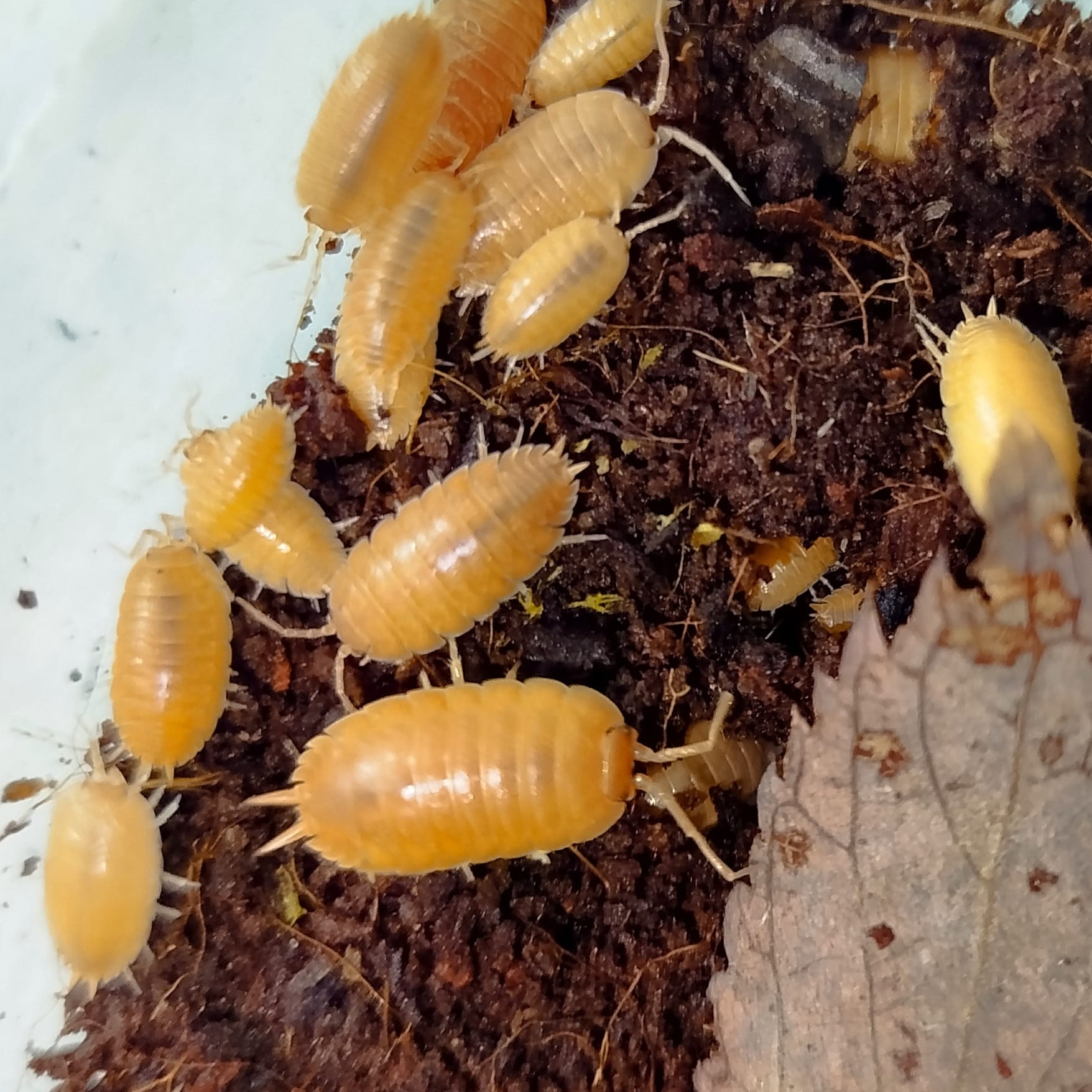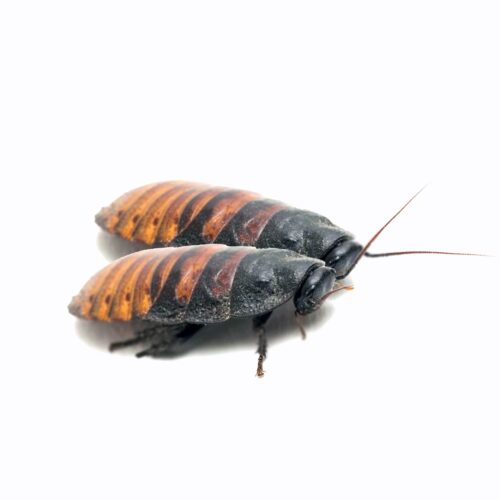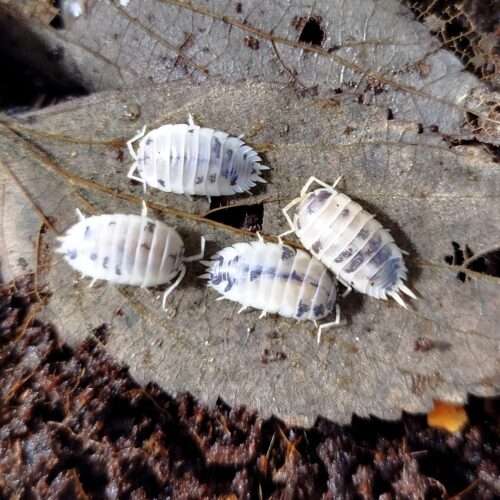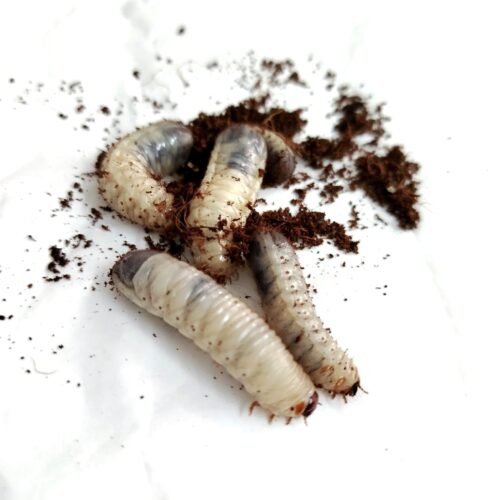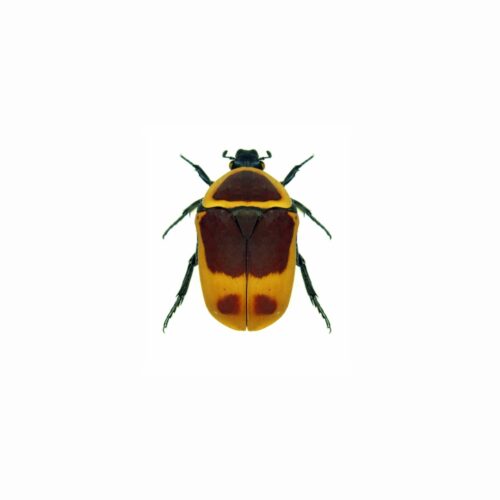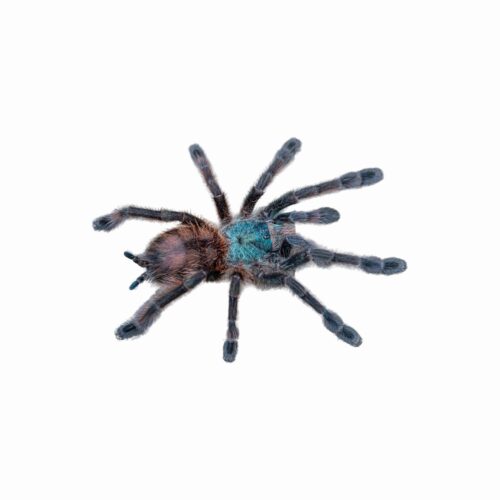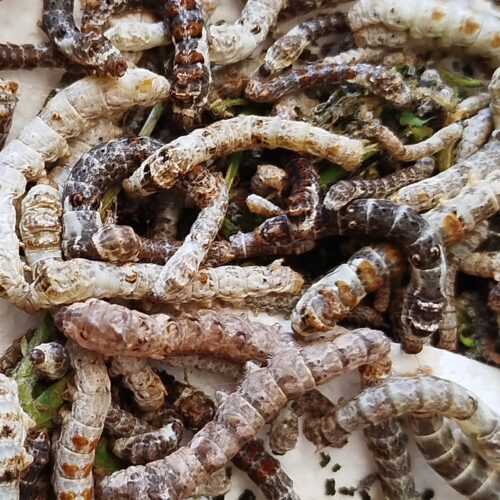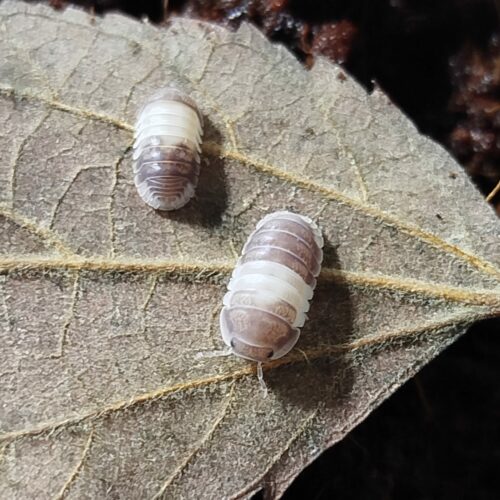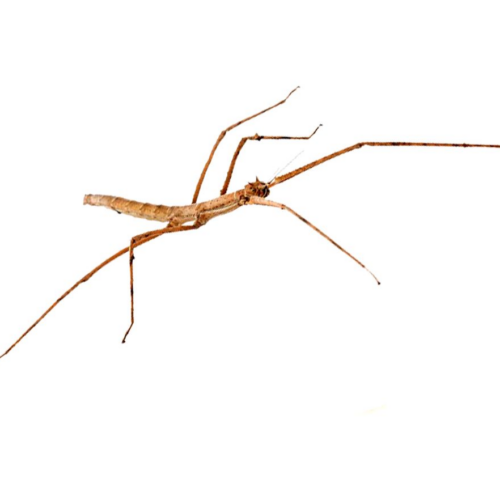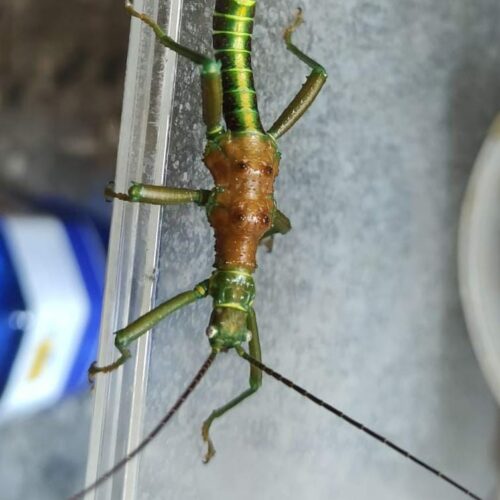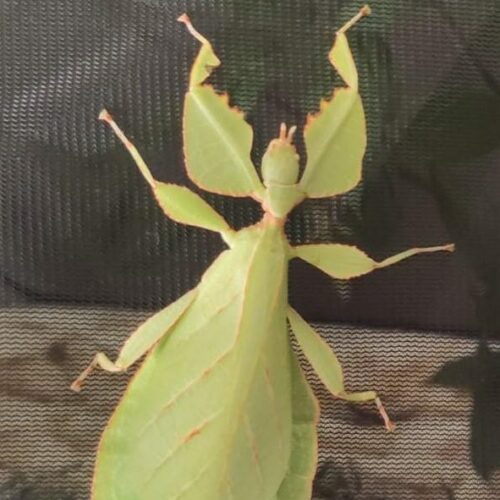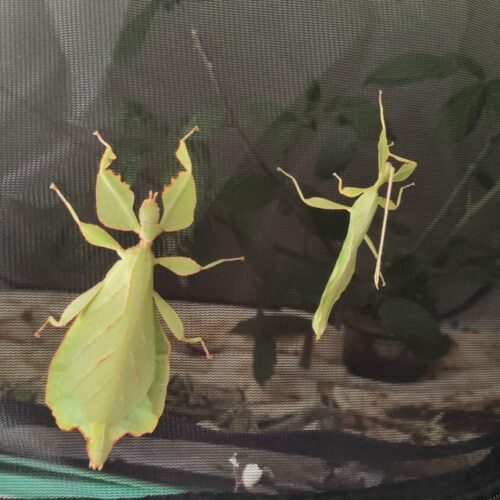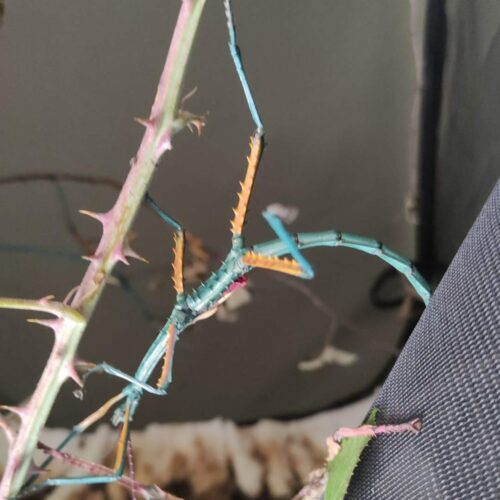5,00€
Discover the vibrant world of miniature nature with our Porcellio laevis Orange! These charming orange isopods will add a unique splash of color to your terrarium. Easy to care for and fascinating to observe, get yours today and bring your environment to life!
Scientific Name: Porcellio laevis Orange
Common Name: Orange Smooth Isopod
Taxonomic Classification:
- Kingdom: Animalia
- Phylum: Arthropoda
- Subphylum: Crustacea
- Class: Malacostraca
- Order: Isopoda
- Family: Porcellionidae
- Genus: Porcellio
- Species: laevis
Geographical Distribution: Orange Porcellio laevis isopods are native to Europe but have also been introduced to other parts of the world due to their popularity as terrarium pets.
Habitat: These isopods prefer humid and dark habitats such as forests, under rocks, fallen logs, and leaf litter.
Description:
- Color: Mostly orange, with some variations in color intensity.
- Size: They reach sizes of around 1 to 1.5 centimeters in length.
- Body: They have a segmented and dorsoventrally flattened body. They have seven pairs of legs.
- Texture: The surface of their body is smooth and shiny.
Behavior and Feeding:
- They are detritivores, meaning they primarily feed on decomposing organic matter such as fallen leaves and decaying wood.
- They are nocturnal and hide during the day.
- They are gregarious and gather in colonies for protection and reproduction.
Reproduction:
- Orange Porcellio laevis isopods are ovoviviparous, meaning they give birth to live young instead of laying eggs.
- The offspring emerge fully formed and similar to adults but smaller.
Ecological Importance:
- They contribute to the decomposition cycle by breaking down organic matter in the soil, thus helping maintain ecosystem health.
Additional Notes:
- They are common as terrarium pets due to their striking appearance and ease of care.
- It is recommended to keep them in a humid environment with enough substrate to burrow and hide.
| Options |
10 units |
|---|
Related products
Dola larvae (pachnoda)
Sold out
Caribena versicolor
there is stock
Silkworm (Bombyx mori)
Sold out
Cubaris panda king
there is stock
Stick insect (Medauroidea extradentata)
Sold out
Achrioptera manga (fallax)
Sold out








